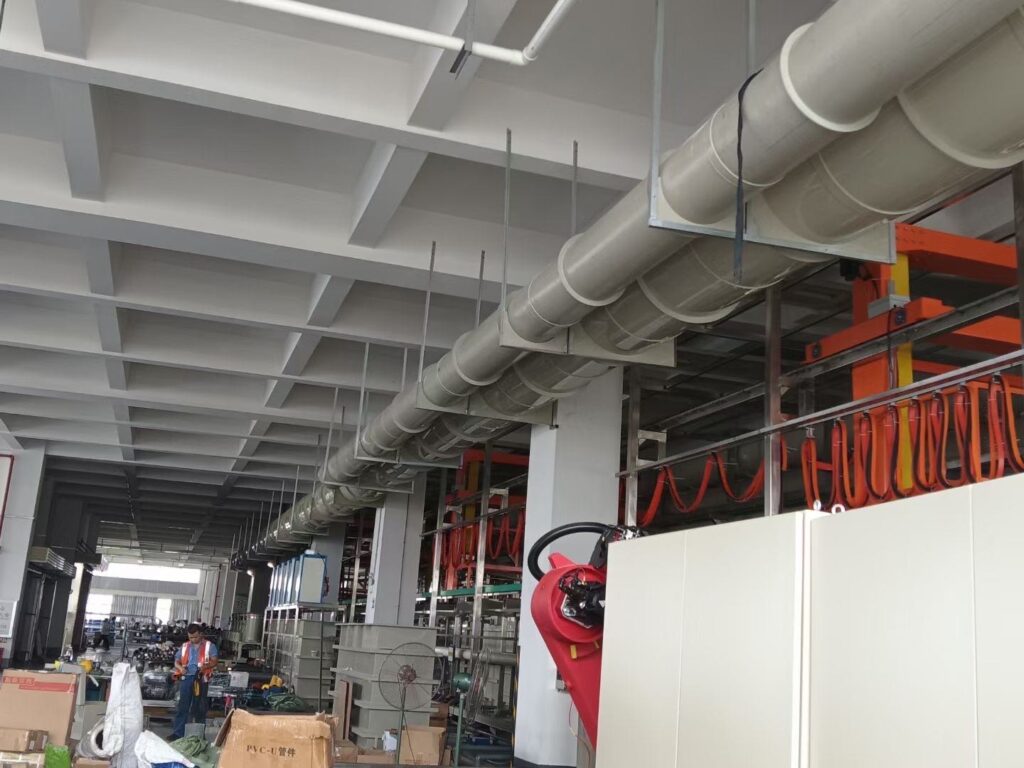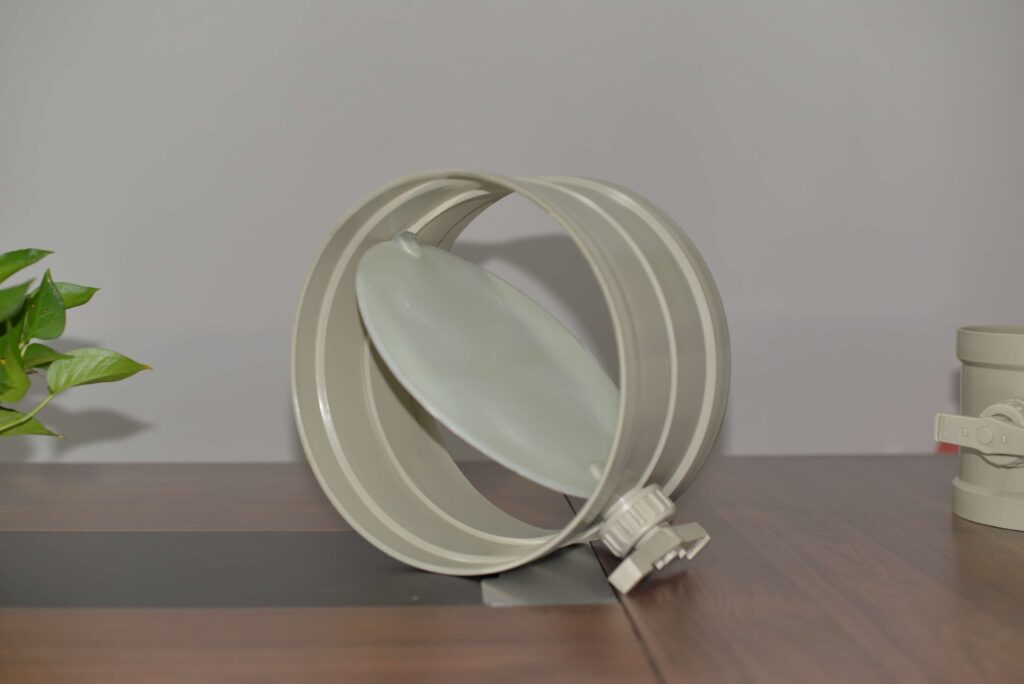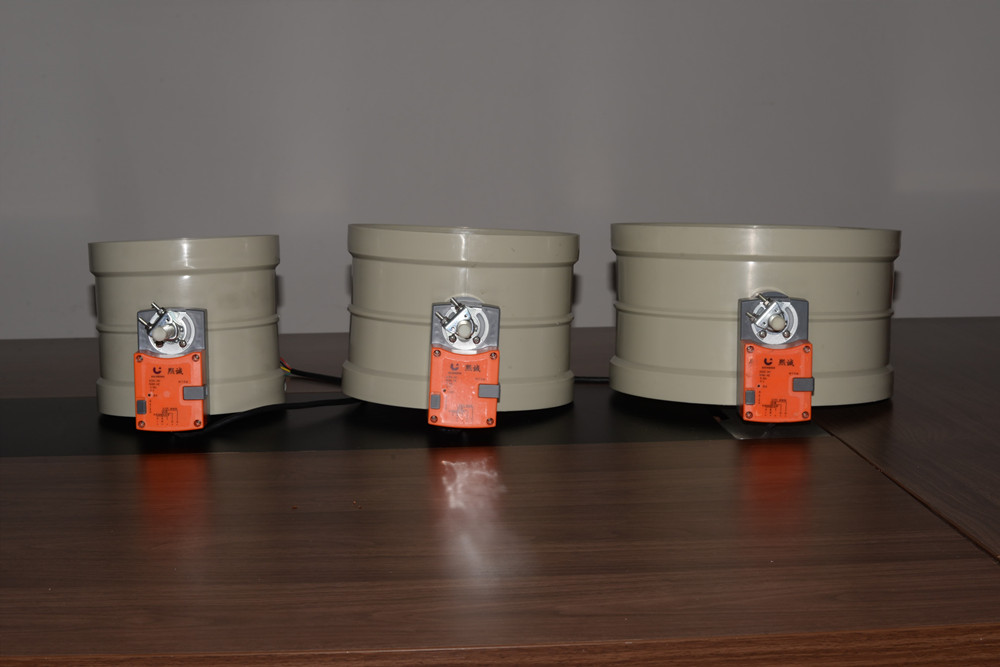The difference between manual air damper valves and electric air damper valves?
Category : Blog
Air damper valves are used in a variety of industrial and engineering applications to control the flow of air in pneumatic systems. These valves are commonly used to regulate the rate of air flow in cylinders, actuators and other pneumatic components. There are two main types of air damper valves: manual air damper valve and electric air damper valve.

The difference between manual air damper valves and electric air damper valves.
As the name implies, a manual air damper valve is manually controlled by an operator. These valves usually consist of a control knob or lever that allows the operator to manually adjust the air flow. The manual air damper valve is simple in design and easy to use. They are also generally less expensive than electric air damper valves, making them a popular choice for applications where cost is a factor.

One of the main advantages of manual air damper valves is their simplicity. They do not require any external power sources or complex control systems, which makes them easy to install and maintain. They are also extremely durable and reliable, making them ideal for use in harsh environments where electrical equipment may be prone to failure.
However, manual air damper valves also have some disadvantages. One of the main disadvantages is that they require manual adjustment, which can be time-consuming and labor-intensive. They also require the operator to be present to make adjustments, which can be a problem in applications where the valve needs to be adjusted frequently or where the operator may not have easy access to the valve.
In contrast, electric air damper valves are electronically controlled and require no manual adjustment. These valves are usually operated by a programmable logic controller (PLC) or other electronic control system. Electric air damer valves can be set to automatically adjust air flow based on specific parameters such as pressure or flow. This makes them ideal for applications requiring precise control.
Another advantage of electric air damper valve is that they can be controlled remotely, which eliminates the need for an operator to be at the valve. This is especially useful in applications where the valve is located in a hazardous or hard-to-reach area. Electric air damper valves are also more precise and accurate than manual valves, which can improve the efficiency and performance of pneumatic systems.
However, motorized air damper valve are generally more expensive and require more complex control systems than manual valves. They also require an external power supply, which can be a problem in applications where power is not readily available.
Manual damper valves and electric damper valves have their own advantages and disadvantages. Manual valves are simple, reliable and less expensive, but require manual adjustment and operator presence. The electric air damper valve can realize automatic operation, combined with various electronic control systems to complete automatic control of air volume, precise control of opening and closing angles, etc. When choosing to purchase an air damper valve, you can choose different control types according to your own functional requirements, or you can purchase according to the air damper valve manufacturer’s recommendation.
